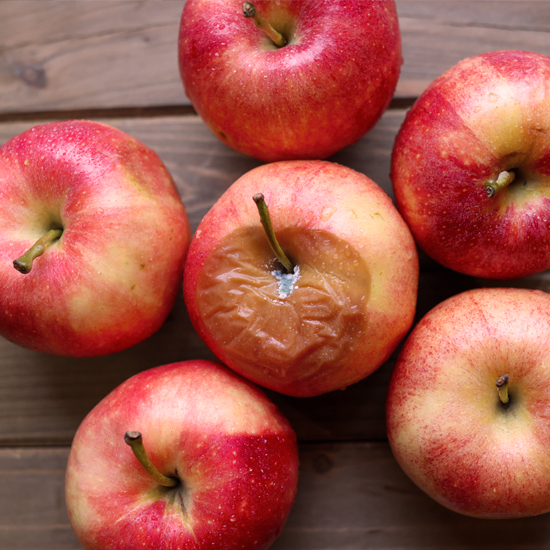
Did you know that the average family of four throws away $1,600 to nearly $3,000 worth of food every year? If that number makes you cringe, you’re not alone. Food waste is one of those household budget drains that sneaks up on us. But the good news is that with a few simple changes, you can keep more money in your pocket while doing something great for the environment.
Zero-waste cooking isn’t about becoming a perfect eco-warrior overnight – it’s about making small, practical changes that add up to big savings and a smaller carbon footprint. Here are five game-changing strategies to get you started:
- Master the art of meal planning
Before you even step foot in the grocery store, take a few minutes to plan your meals for the week. Check what you already have in your fridge and pantry, then create a shopping list based on meals that use similar ingredients. This simple step prevents overbuying and ensures items like expensive fresh herbs don’t turn into expensive compost in your crisper drawer.
- Master the art of meal planning
- Learn to love your “ugly” produce
Those slightly bruised apples and oddly-shaped carrots are nutritional powerhouses at bargain prices. Imperfect produce tastes just as good as its picture-perfect counterparts but often costs significantly less. Plus, you’re helping reduce the massive amount of food that gets discarded simply for not looking Instagram-ready.
- Learn to love your “ugly” produce
- Embrace root-to-stem cooking
Stop throwing away those carrot tops, celery leaves, and broccoli stems! These “scraps” are culinary gold mines waiting to be discovered. Carrot tops make fantastic pesto, celery leaves add flavor to soups, and broccoli stems are delicious when peeled and added to stir-fries. You’ll be amazed at how much more taste and nutrition you can squeeze out of every ingredient.
- Embrace root-to-stem cooking
- Become a leftover expert
Yesterday’s roasted chicken can become today’s hearty soup. That extra rice transforms into tomorrow’s fried rice masterpiece. Keep a running list of creative ways to repurpose leftovers – your wallet and your taste buds will thank you.
- Become a leftover expert
- Decode those confusing food labels
Here’s a shocking fact: more than 80% of people throw away perfectly good food because they misunderstand expiration dates. “Best by” and “use by” dates are often quality indicators, not safety warnings. Trust your senses – if it looks, smells, and tastes fine, it probably is. This simple mindset shift alone can save you hundreds of dollars annually.
- Decode those confusing food labels
Zero-waste cooking
Remember, this is really about being mindful and creative with the food we bring into our homes. Every small change you make contributes to a more sustainable food system while keeping your hard-earned money where it belongs – in your bank account, not your trash can.
The beauty of zero-waste cooking is that it’s incredibly forgiving. You don’t need to be perfect from day one. Start with one or two strategies that feel manageable, then gradually add more as they become second nature. Your future self (and your grocery budget) will be grateful you started today.
What zero-waste cooking tricks have you discovered? Share your money-saving and planet-friendly tips with the Shop Talk community – we’d love to hear your creative solutions!

Did you know? The methane connection
When food waste decomposes in landfills, it produces methane – a greenhouse gas that’s 25 times more potent than carbon dioxide. By reducing food waste in your kitchen, you’re not just saving money; you’re actively fighting climate change, one meal at a time!
